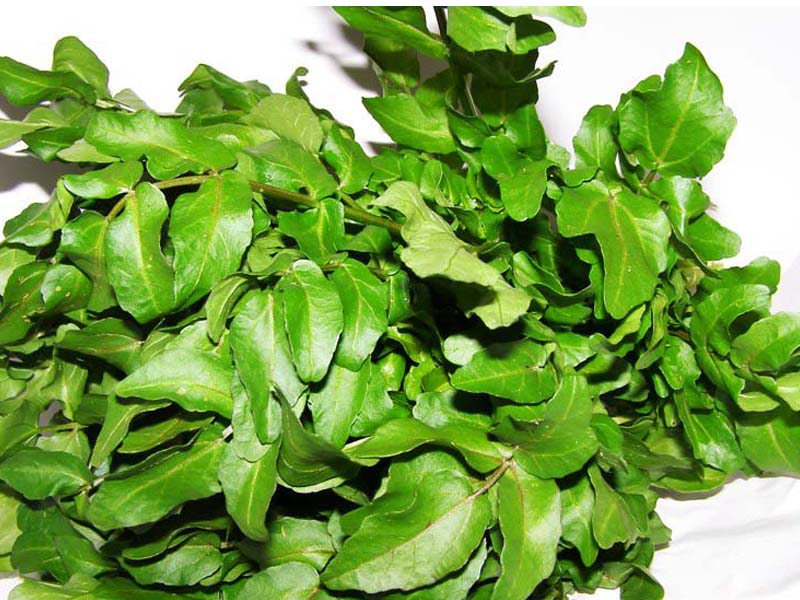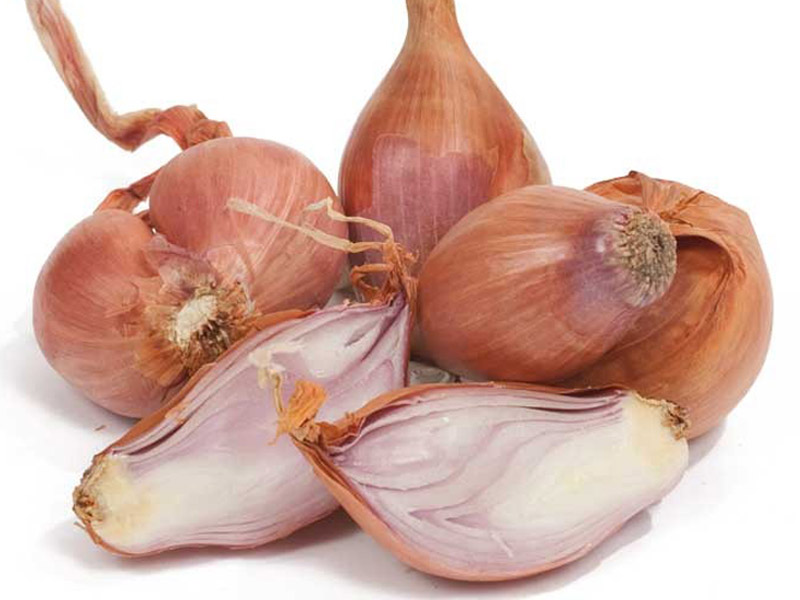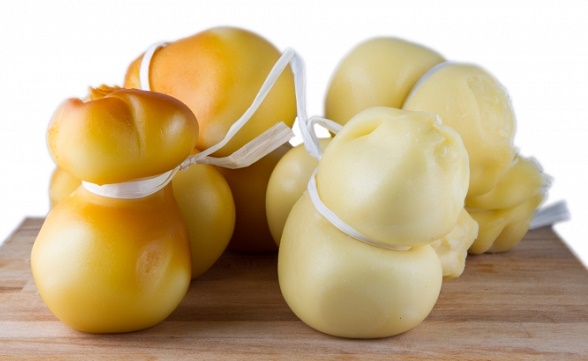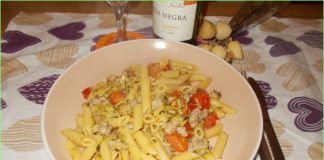
Introduction
Fresh basil was considered, in the Greek period, as the plant of the king or royal plant. It belongs to the Lamiaceae family and its typical essential oils are eugenol and estragole. This herbaceous plant grows throughout the year and the ideal time for sowing is early spring through the use of greenhouses, but it can be flared at the end of this period.
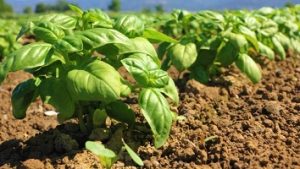
The collection is hand made in the summer and its cultivation requires great effort, in fact, this may simply be grown in the home, even within a common pot, as long as its terrain is soft and neutral for the PH. The ideal temperature for its growth it should be not above 15°C and must have a very abundant water.
The height that can reach the fresh basil is about 60 centimeters. And its stem is of square shape that presents as its growth, assumes a woody consistency, on which grow the leaves from the more or less oval in shape, about 2 cm long, which are arranged in a mirror shape of the other.
The fresh basil, produces small white flowers that are organized into inflorescences, which in turn give rise to some tiny black seeds. This plant needs a constant shearing, which aims to extend its life cycle, otherwise it is stopped once that blacks seeds reach full maturity.
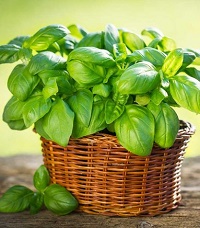
The origins of this plant are the southern Asia, particularly India and Iran, but today its use is also widespread in many Eastern countries. In botany, basil term, encompasses many different varieties of this plant, both for the aesthetic appearance, both for its organoleptic and taste characteristics, which are grouped in its many times in other types, such as for example, the Genoese basil, or Mexican and even Thai.
The leaves in the Genoese basil, which is consumed in Italy and also in southern France, are presented with a very large shape and green color, and are characterized by their taste and for their intense aroma. The basil, being an aromatic plant, must be consumed fresh, so as to maintain its own characteristics, not only nutrients, but also for the taste, so as not to alter it in baking. Fresh basil, can be stored for several days in the fridge.
Food uses
The fresh basil, being an aromatic plant, as we mentioned at the begin, lends itself well to be accompanied to the table in the realization of Mediterranean recipes, such as for example with vegetables in general, tomatoes, cheese, both those soft that fresh mixed with extra virgin olive oil, but also not only with white meat and some fish species.
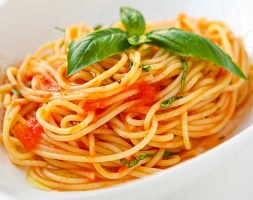
Very often, the basil is accompanied with other herbs, such as rosemary, thyme, sage, parsley, or mint or very strong spices to taste like turmeric, curry, coriander, cloves, pepper, paprika or pepper berries, to a lesser extent than those of black pepper.
Fresh basil, can be added to the common salad, using its stem and leaves, which is crispy on the palate. Basil is one of the flavoring herbs more suitable for the Italian pastas, and perhaps its greatest expression is the classic pasta with tomato and fresh basil, so good they do not need the other ingredients, or to the pizza Margherita, to which a few leaves basil adds a natural freshness.
Curiosity
It exists in nature, a kind of basil which is considered therapeutic and for this reason is called sacred. This plant, well respected, is used in religious rituals that are made by some Indian tribes and as such, it was also the subject of several in-depth studies by pharmaceutical companies.
The main benefits of this sacred plant, come essentially from the oils, with which to make up the medicines that have also shown positive effects in patients with hyperglycemia, although the mechanism that uses this plant to give the results are not yet totally clear.
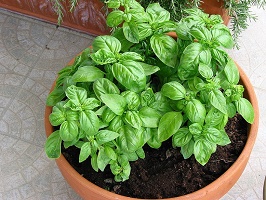
And very likely, that the components of the holy basil, interact with the cells of the pancreas, thus stimulating insulin production, affecting in this way some of our typical enzymes of carbohydrate metabolism. This substance also seems to have proved, not only the properties that we have just mentioned above, but also iper-cholesterol benefits.
To conclude, we can say that this common plant, used in cooking as a seasoning for various recipes, or as a vegetarian entree, or accompanied by salads and vegetables, has a very important history and ancient origins which see its use also in the field not only culinary, but also pharmacological. The rest as we all know, the ancients were famous for their knowledge of the beneficial properties of plants.

